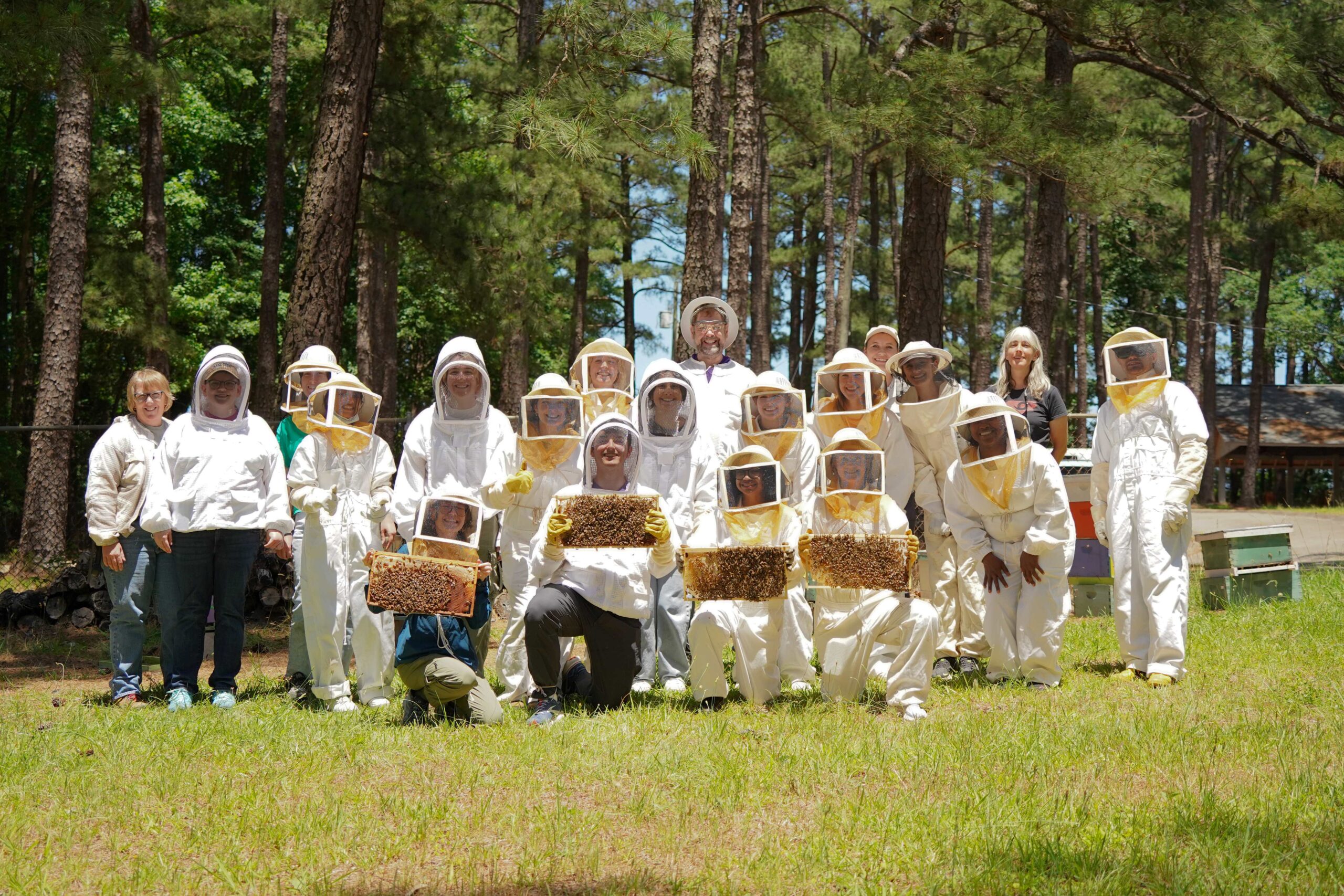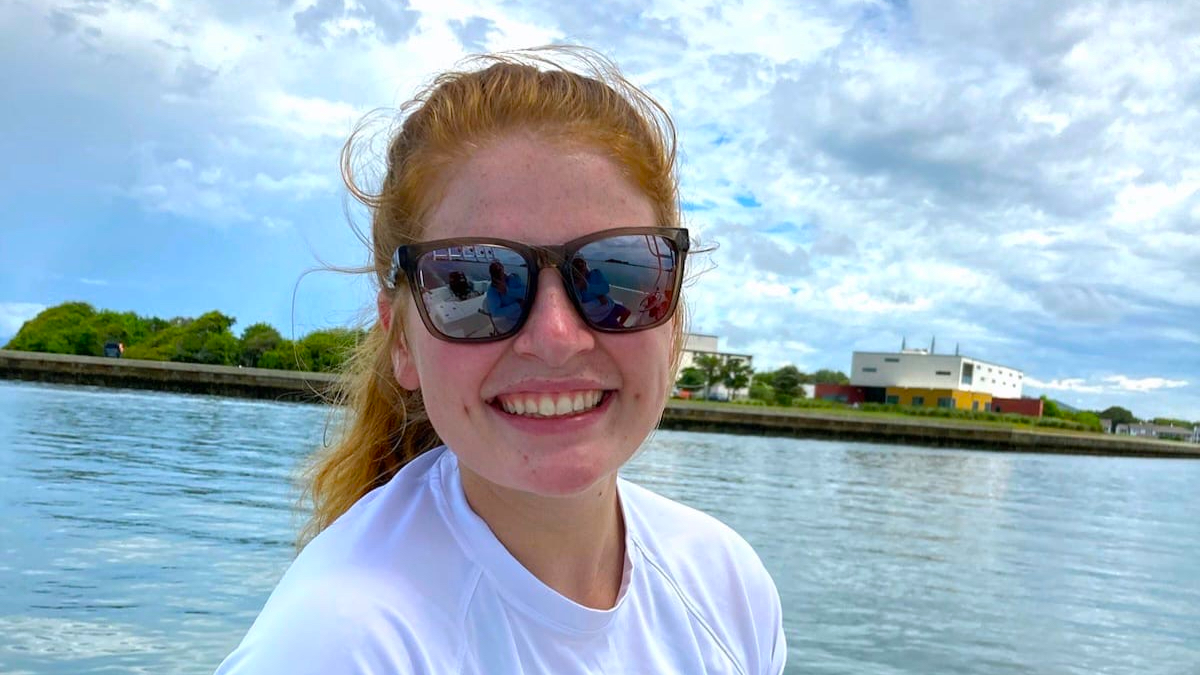Undergraduate Research Opportunities 2020-2021

Updated: December 15, 2020
Below are research opportunities for undergraduate students looking to gain additional experience in their fields of study. These opportunities fulfill the AEC 492/493 Learning Experience requirement for Applied Ecology minor students. All below opportunities are available to any undergraduate students (not just AEC minors).
Topics: Infectious diseases, ecosystem health
Supervisor/Lab: Skylar Hopkins
Email: skylar_hopkins@ncsu.edu
Human health and ecosystem health are linked in many ways. Due to COVID-19, the world is especially interested in how ecosystem degradation affects human infectious disease. Are you interested in this, too? If you are, chat with Dr. Skylar Hopkins about a systematic literature review project that she’s doing in Spring 2021! With collaborators across the country, she is looking at all the scientific papers ever published about both conservation and human infectious disease to try to understand who does this work, where it is done, how it is done, and what people find. If you want to work on this project, you’d join a weekly Zoom meeting with many other scientists, and you’d get to do your own independent research project using the dataset. Your project would involve reading many scientific papers, analyzing your own data, and presenting your findings at least once at the AEC minor symposium.
Topics: Environmental Health & Risk Assessment
Supervisor/Lab: Khara Grieger
Email: kdgriege@ncsu.edu
Project 1. What are the Potential Ecological Risks of Nanofertilizers? A Literature Review
- Scope: Food and agricultural systems are under enormous pressure to increase crop yields and develop more efficient nutrient uptake by plants, while also minimizing environmental pollution. The use of engineered nanomaterials as fertilizers (nanofertilizers) can help achieve these goals and contribute to smart agriculture by utilizing their nano-size dimensions (i.e. 1 to 100 nm) and unique physical-chemical properties. There are currently several commercially available fertilizers that claim to use nanomaterials and/or nano-scale ingredients, and agrochemical companies are actively investing in and patenting nanofertilizers. However, concerns have been raised regarding the potential impacts of nanomaterials on health and the environment, including adverse effects on ecological systems. If nanofertilizers are to be considered as a viable contribution to more sustainable food and agricultural practices in the United States, additional research is critically needed on their environmental impacts. This undergraduate research project focuses on the conduction of a thorough literature review of peer-reviewed publications and reports of ecological risks and impacts of selected nanofertilizers, such as the use of CuO nanoparticles (NPs), TiO2 NPs, and ZnO NPs. The selection of these NPs is based on literature that has reported on their potential beneficial effects on plant growth and development. In this undergraduate research project, peer-reviewed manuscripts and reports on potential ecological risks and impacts on nanofertilizers (such as the selected three NPs) will be compiled and synthesized in a written report, that includes background information on the use of nanofertilizers, synthesis of peer-reviewed studies and reports on potential ecological risks and impacts, key findings, and research gaps. The undergraduate researcher will also have an option to draft a manuscript for peer-reviewed publication based on the key findings of the report, as well as be able to present key findings at upcoming workshops or conferences focused on ecological risks of nanotechnology/nanomaterials in food and agriculture production. All research and communication will be conducted remotely until further notice due to the ongoing COVID-19 pandemic.
- Requirements: All undergraduate researchers on this project will need a computer with internet connection.
Project 2. What are the Potential Ecological Risks of Gene Drives Used in Agriculture? A Literature Review
- Scope: Technological advancements have been made in recent years to develop gene drive applications for use in agricultural settings. A gene drive is a genetic engineering technique that relies on gene modifications to intentionally propagate a select suite of genes throughout a population by enhancing the probability that a specific allele will be transmitted to offspring. Gene drives are being developed for use in agriculture to minimize or eliminate insect damage, for example, including gene drive models for Drosophila suzukii or Diaphorina citri that feed on soft-skinned and citrus fruits. However at the same time, potential risks to ecological or environmental systems are not fully understood, especially given the new and novel nature of gene drives for use in field settings. This undergraduate research project focuses on the conduction of a thorough literature review of peer-reviewed publications and reports of ecological risk assessments of two gene drives for agriculture (Drosophila suzukii or Diaphorina citri). More specifically, peer-reviewed manuscripts and reports on potential ecological risks and how risk assessment frameworks address potential ecological risks of these gene drives will be compiled and synthesized. Key outcomes from this research project include the development of a written report, with background information on these gene drive case studies, their current development and use, reported or published ecological risk assessments, key findings, and research gaps for conducting ecological risk assessments in future work. The undergraduate researcher will also communicate and collaborate with other students and researchers at NC State on this topic. The undergraduate research project has the option to present key findings at an upcoming stakeholder expert workshop focused on identifying key research gaps to conducting ecological risk assessment of these gene drive case studies, through a USDA/NIFA-funded conference grant (held in mid-2021). All research and communication will be conducted remotely until further notice due to the ongoing COVID-19 pandemic.
- Requirements: All undergraduate researchers on this project will need a computer with internet connection.
Project 3. What are the Potential Risks to Sediment-Dwelling Organisms to Applying Lanthanum-based Materials to Remove Phosphate in Freshwater Systems? A Literature Review
- Scope: Freshwater systems and natural water bodies are often recipients of excess agricultural nutrient run-off, leading to the development of harmful algal blooms and hypoxic waters in many cases. This is problematic, since algal blooms can significantly impact our drinking water sources, lakes for swimming and recreation, and larger ecological systems, also impacting wildlife. In response, the use of advanced materials, such as lanthanum-based materials (e.g. Phoslock ®), to capture and remove phosphate from freshwater systems through in situ (in field) applications has been a growing field of research and development. More specifically, researchers and industry are actively developing new materials, such as those that rely on lanthanum to capture phosphate, to essentially remediate freshwater bodies from excess phosphorus pollution in lakes. However at the same time, the potential ecological risks of using these advanced materials are not fully understood, especially on long-term scales and for sediment-dwelling (benthic) freshwater organisms. This undergraduate research project focuses on the conduction of a thorough literature review of peer-reviewed publications and reports of ecological risks and impacts to benthic dwelling organisms from exposure to lanthanum-based materials for phosphate removal in freshwater systems. Key outcomes from this research project will include the development of a written report, with background on the use of lanthanum-based materials for phosphate removal in freshwater systems, potential ecological impacts including impacts on benthic-dwelling organisms, key findings, and research gaps pertaining to ecological risks to benthic-dwelling organisms from exposures to lanthanum-based materials. The undergraduate researcher will also have an option to draft a manuscript for peer-reviewed publication based on the key findings of the report, as well as be able to present key findings at upcoming workshops or conferences focused on ecological risks of advanced materials. All research and communication will be conducted remotely until further notice due to the ongoing COVID-19 pandemic.
- Requirements: All undergraduate researchers on this project will need a computer with internet connection.
Topics: Population Ecology
Supervisor/Lab: Erin Voigt
Email: epvoigt@ncsu.edu
Juvenile Blue Crab Recruitment-
The student will help to assess juvenile blue crab habitat usage in Pamlico Sound. The research includes helping sort, intentify, and measure juvenile blue crabs collected over three years in several habitat types found within Pamlico Sound. The student and I will work together to establish a research objective that they are interested in addressing through this data. There is also the possibility of expanding this research to include historical data from 1996-1999 and comparing current blue crab abundances to those 20 years prior. All work will be completed in Jordan Hall (on main campus).
Quantifying Shallow Detrital Habitat (SDH)-
We know that shallow detrital habitat (SDH) or the habitat created by the eroding shoreline of a salt marsh, is an important nursery habitat for juvenile blue crabs. However we do not know much about where the habitat exists, how much area it takes up, or what factors affect its availability. For this project a student researcher will help me process sediment cores taken in 2019 to identify what is and is not SDH we will then use that data to compare what factors such as fringing marsh species, wave exposure, shoreline facing, and near shore topology affect SDH presence or absence. All work will be completed in Jordan Hall (on main campus).
Topics: Distribution of mammals
Supervisor/Lab: Mike Cove
Email: mvcove@ncsu.edu
The Mammalogy Unit at the NC Museum of Natural Sciences is looking for motivated students to help contribute to their long-term applied mammal conservation research. AEC minor students will work with Dr. Mike Cove, Research Curator of Mammalogy, to explore patterns of historical and contemporary mammal distributions both locally and internationally to quantify the effects of global change on a variety of species from rodents to bears. Data will come from historical museum specimens and biodiversity databases, as well as contemporary live-trapping or camera trapping surveys. Students will have the opportunities to explore their own research questions under the guidance of Dr. Cove and will gain direct experience in database management and quantitative applications of biodiversity data for conservation gains. Feel free to explore more about the Mammalogy Unit and their research at here or reach out to Dr. Cove directly at mvcove@ncsu.edu.
Topics: Hawksbill sea turtle ecology
Supervisor/Lab: Andy Maurer
Email: asmaurer@ncsu.edu
Project 1:
Hawksbill sea turtle stable isotope ecology. This project will consist primarily of laboratory work. The student will work to prepare hawksbill skin samples (essentially chop them into a fine dust) and weigh them for stable isotope analysis. We have funding to run hundreds of samples (sending them to a stable isotope laboratory). Stable isotopes can help us address a number of research questions about hawksbill sea turtle dietary and migratory ecology. We will come up with hypotheses to test and analyze data accordingly. If interested, contact PhD student Andy Maurer: asmaurer@ncsu.edu.
Project 2:
Literature review on hawksbill sea turtle diet. This project will consist of an extensive literature review and may be best suited for someone comfortable extracting information from literary sources, skilled at organizing large amounts of messy data, and motivated to contribute to a peer-reviewed publication. Hawksbills uniquely forage on marine sponges, and sometimes are seemingly represented as obligate spongivores. However, other items always end up in their diets in publications that come out. A seminal paper from the 80s suggested they have a “diet of glass,” and through this project we would revisit this idea and present data from reviewed literature on hawksbill diet composition. If interested, contact PhD student Andy Maurer.


